How to feed lovebirds?

Pets are favorite pets that can be seen in almost every home. A cat, a dog and a parrot, as well as fish, snakes, spiders and lizards can become a new inhabitant of the apartment. Many parents have pets for children, and most often opt for parrots, thinking that caring for a bird will not bring much trouble and difficulties.
This idea is a deep misconception of adult family members, and it can provoke a bird's illness, and sometimes its death. The feathered friend must be provided with the most comfortable living conditions and a balanced diet. The solution to this problem will become even more difficult and time-consuming if lovebirds appear in the house.
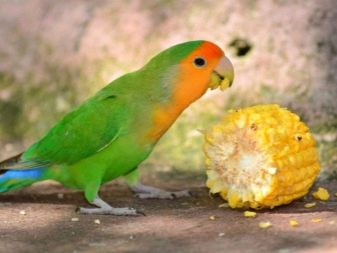
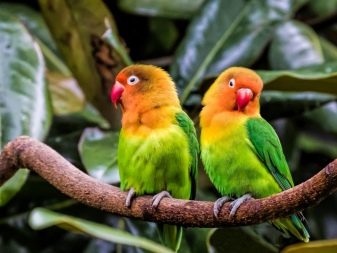
Basic diet
Lovebirds are one of the most beautiful species of parrots. They can live for a long time in a city apartment. The main difference between this bird and others is the developed digestive system, which is constantly working. Hunger, poor quality food and an unbalanced diet can lead to the death of a pet and the absence of offspring. On the shelves of specialty stores, you can see a huge amount of grain mixtures, vitamins and various food additives.
The main features of a good quality lovebird mix are:
- the presence of a mark "for medium parrots";
- vacuum packaging;
- pleasant aroma and natural shine of grain;
- lack of preservatives and dyes;
- specified end date of sale;
- absence of mold, unpleasant smell, dangerous insects and foreign debris;
- adequate price.
In case of self-production of grain composition mix millet, oats, sunflower seeds and canary seed... This recipe is basic and can be supplemented with other ingredients as needed. Experienced poultry farmers recommend using not only purchased grain, but also natural products for feeding birds. The maximum level of natural supplements should not exceed ten percent.
The daily feed rate for one parrot should be no more than 25 grams. An increase in this indicator can provoke excessive weight gain, which will lead to a significant decrease in the activity of the bird, as well as to the appearance of dangerous diseases.
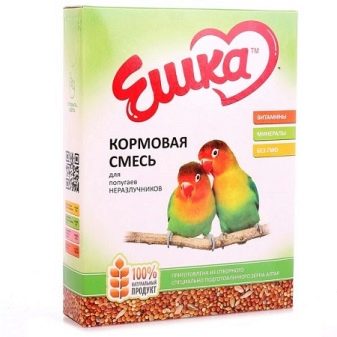

Hard food
Grain feed is the basis of the lovebird's diet. This mixture may include the following grains.
- Feed oats. A healthy and nutritious cereal containing unique and easily digestible amino acids. The main feature of the product is the simultaneous eating and strengthening of the beak.
- Unpeeled millet. An irreplaceable feed, the amount of which can be up to 50 percent in grain mixtures. It contains many vitamins, copper, phosphorus and amino acids.
- Millet. A product that can be given to birds only boiled. You can add a small amount of grated carrots or beets to boiled porridge.
- Wheat... A must-have product that contains a small amount of fatty acids. The value of this cereal lies in the presence of proteins, carbohydrates, vitamins E and B. Experts recommend that before feeding, it is imperative to germinate the grains for 12 hours in a warm room.
- Corn. A useful cereal, the grain of which must be soaked, chopped or boiled before serving. The composition of the grains of the "queen of the fields" includes carotene, trace elements, amino acids and vitamin K.
The birds love boiled cereals made from rice, buckwheat, peas and millet, which must be boiled in water without adding salt and sugar. You can add fruits or chopped vegetables to ready-made and cold porridge.
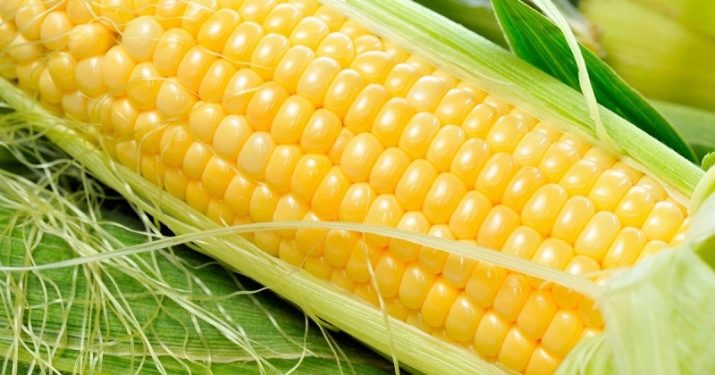
Seeds and nuts
Seeds and nuts are must-haves and should be around 16 percent.
Consider a list of essential seeds and nuts in a poultry diet.
- Sunflower seed... An irreplaceable source of fats and fatty acids, as well as linoleic and linolenic acids.
- Hemp seed. A useful product that must be doused with boiling water and dried before use. This procedure will help remove the poisonous film and make the seeds harmless.
- Flax-seed. An invaluable ingredient that is not only food, but also medicine. Flaxseed will protect the intestines from the effects of coarse fibers and will also help cure coughs and wheezing. The allowed amount of these seeds is 2 percent.
- Pumpkin seed. An essential ingredient in the diet of lovebirds.
- Nuts: peanuts, hazelnuts, walnuts and brazil nuts. A nutritious treat that consists of fats, proteins, minerals, vitamins and phytoncides.
It will be beneficial for your pet's health canary seed, oatmeal, niger and safflower seed, canola, soy, rye, fennel, dark rice, poppy and sesame seed. Poultry farmers also recommend chopped acorns and chestnuts.

Vegetables and fruits
Along with dry food, poultry needs juicy and healthy vegetables and fruits. Experts allow feeding domestic birds with the following treats.
- Cucumbers. A tasty product that contains a large amount of iodine and a small amount of vitamins. A small piece of cucumber can improve immunity and speed up metabolic processes in the body.
- Pears and apples. The most delicious complementary food, which contains pectin, sugar, vitamin C, carotene, tannins and various trace elements.
- Oranges and lemons... A tropical fruit that can be fed with the peel. Sprinkle a little sugar on the lemon wedges. A few drops of lemon juice added to water will significantly improve the condition of your pet.
- Rowan berries. A product that can be given both fresh and frozen.
- Melons and watermelons. Melon, which significantly diversifies the diet of poultry. It contains rapidly digestible sugar, organic acids, iron, phosphorus and potassium.
Birds also love to feast on green lettuce and cabbage leaves, spinach, carrots, green peas, tomatoes, radishes and broccoli, bell peppers, squash, pumpkin and rutabaga.

Favorite fruits and berries for birds are:
- banana;
- rose hip;
- grape;
- Strawberry;
- raspberries;
- kiwi;
- figs;
- pitted cherries;
- grapefruit;
- lime;
- Garnet;
- peach;
- apricot;
- gooseberry;
- grape.
In winter, these vegetables and fruits can be given dried. It is strictly forbidden to give birds avocado, papaya, mango and persimmon.
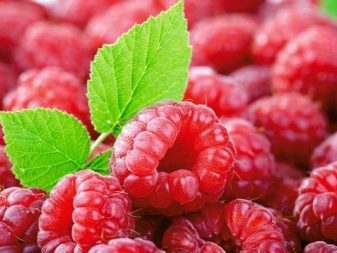

Greens and twigs
Greens and tree branches are an indispensable component in the diet of birds. To get the maximum benefit from green mass, it must be harvested in ecologically clean areas and immediately given to the birds.
Poultry farmers recommend paying attention to the following green products:
- parsley, dill and onions - products that enrich the body with vitamins and microelements, as well as restore strength, prevent the appearance of parasites and improve the functioning of the digestive system;
- nettle leaves - burning food, which must be scalded before serving, finely chopped, and only then added to the feeder;
- legume asparagus - useful greens that improve metabolic processes in the body and normalize the blood composition.
Shouldn't be forgotten about dandelion and currant leaves, clover and alfalfa. These greens can be given not only fresh in summer, but also dried in winter.
Birds love to feast on young branches and buds of willow, birch and apricot... Pets in the process of gnawing twigs sharpen their beak and claws.
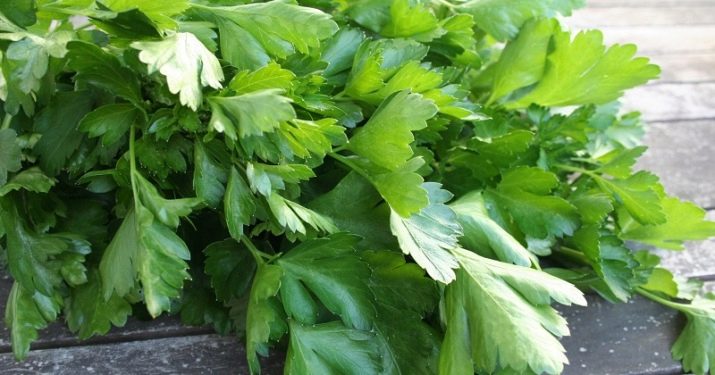
Animal feed
For the full development of the body, veterinarians recommend introducing animal products into the diet, which contain a large amount of protein. The most important are the following foods.
- Whole milk. It is a source of calcium. Poultry farmers recommend boiling porridge on it or dipping small pieces of bread in it.
- Boiled egg.
- Loose curd mass. A useful complementary food that should be given in very small portions and mixed with honey if necessary.
- Fish fat. A source of vitamins such as A, D, as well as iodine and phosphorus. This additive must be added to cooked cereals.
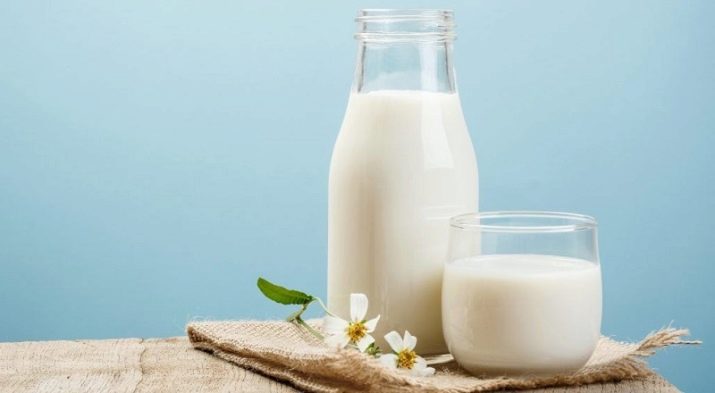
Mineral dressing
During the period of feather change and nest formation special attention should be paid to mineral supplements, which can serve as the following products.
- Cretaceous rocks. It is an irreplaceable source of calcium. Use only pure feed product.
- Egg shell. A source of calcium, phosphorus, magnesium and iron. This additive should be given in a crushed form, after washing and warming up the top dressing.
- Clam shells.
- Dried plaster. A good source of calcium and at the same time a beak sharpener.
Charcoal or activated charcoal, bone meal and lime will be useful for birds.
Particular attention should be paid to the pet's drinking regime. The cage must be equipped not only with a drinker, but also with a bathing area, where clean, fresh and filtered water must be poured in daily. Feathered love to feast on freshly squeezed fruit and vegetable juices, rosehip and chamomile tea, to which you can add a little honey.
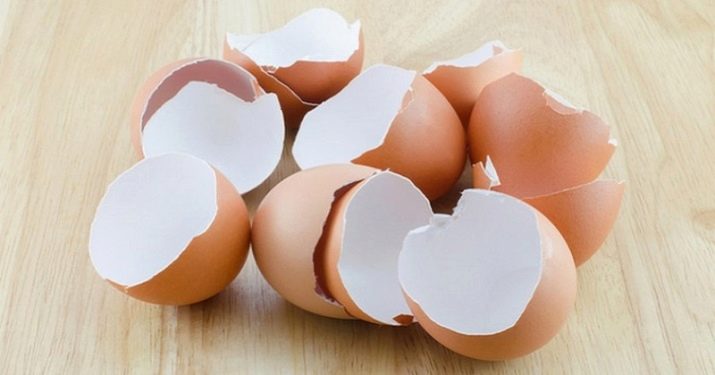
Poultry farmers recommend paying special attention to prohibited foods that should not be given to parrots:
- bitter pepper;
- caramelized fruits;
- mayonnaise;
- ketchup;
- fast food;
- fried food;
- chips and crackers;
- alcohol;
- tea and coffee;
- salt;
- spicy spices;
- meat;
- a fish;
- seafood;
- butter;
- hard and processed cheese;
- milk cream and sour cream;
- potatoes;
- seeds of all fruits;
- eggplant;
- sorrel and rhubarb leaves;
- onions and garlic.
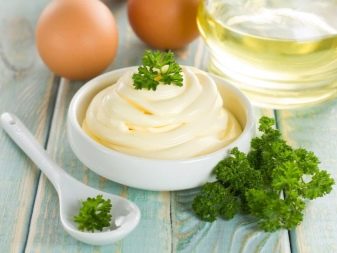
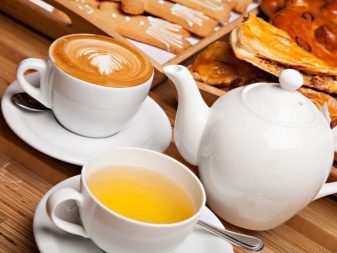
Features of nutrition during incubation of eggs
The period of incubation of eggs is an important stage in the life of lovebirds. To get healthy offspring, you need to surround your pets with care and attention as much as possible, as well as make the right menu. The basis of the bird's diet should be grain mixtures and mineral additives. The female needs in eggs, cottage cheese, mealworms, pea and rice porridge, walnuts, honey and sesame seeds. The female should always have sprouted oats and wheat.
Before feeding, all fruits and greens should be washed with clean water, and then cut into the necessary slices. A prerequisite for maintaining the health of the bird is to remove old feed and wash the feeder every day.
During the incubation period, experts recommend mixing grated carrots with a chopped egg, a small amount of cottage cheese and dry bread crumbs. This soft mixture will strengthen the birds' immunity and help produce healthy offspring.

What can be given during the period of chicks emergence?
After the appearance of chicks, which after a short period of time will be able to feed not only from the mother's goiter, but also from the father's food, the birds should be given crumbly porridge and sprouted grains. Vitamin complexes must be added to the products. In case of problems with the feeding of the chicks by the parents, the owner of the birds must perform the procedure on his own. With artificial feeding, the chicks grow larger and stronger, in contrast to the young, which grew up with their parents. To feed young chicks, you need to purchase a small syringe and a special mixture, which, before each feeding, will need to be bred depending on the body weight of the ward.
To feed the chick, you need to take it in your hand, fix the head, and draw no more than 6 ml of porridge into the syringe. The mixture should not be very cold or hot.... The tip of the syringe must be placed in the raised beak. The chick must choose the rate of food consumption himself. End of feeding - swelling of the goiter. An obligatory procedure after eating is wiping the beak with a clean towel. Like small children, chicks like to sleep after eating.
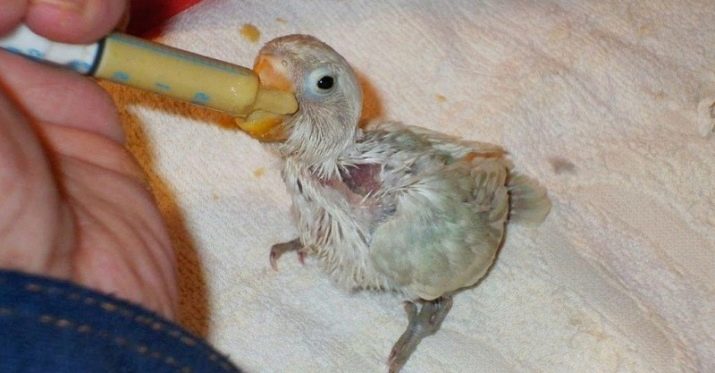
Pets are not only a source of positive emotions and funny moments. First of all, they are living beings, who need care, attention and proper care. Before purchasing a bird, you need to carefully study its character, habits, diet and method of care, so that the helpless pet does not become a burden and disappointment.
The acquired lovebirds can become real friends for the youngest family members, who, after communicating with the birds, will become attentive, caring and kind children.
For more information on what else you can feed lovebirds, see the next video.








